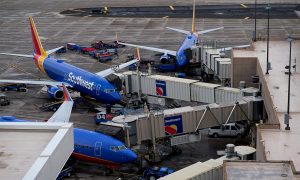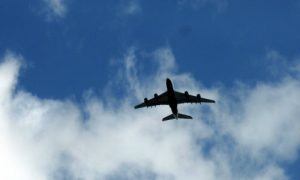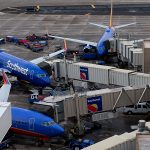Anyone who has traveled in the past year knows that WiFi in airports varies wildly. There are airports like Las Vegas’s McCarran International Airport, which has very robust — and most importantly, free — WiFi.
There are airports like Phoenix Sky Harbor and Mineta San Jose that offer completely free WiFi. Baltimore-Washington International is among those that offer both free WiFi (after watching a video) and more robust paid WiFi.
Others, like Toronto-Pearson, offer free WiFi that’s covered by a sponsor, in its case, American Express. And the world’s busiest airport — Hartsfield-Jackson — just moved from paid to free WiFi.
While WiFi is increasingly becoming free in airports, there is a cost for facilities in install the infrastructure for not only customers, but the airlines and vendors who also need access.
Travelers expect free WiFi and they are carrying multiple devices including laptops, tablets, smartphones and eReaders. And with those devices, they are doing everything from reading and sending email to downloading movies.
When you get that kind of traffic on multiple devices, the bandwidth costs. Some airports bake the cost into their budgets, while others look to sponsorships to help pay for it. Take a look at your local airport and see how they are paying for WiFi and check on how robust the service is for passengers and tenants.
RESOURCES
“Feeding the WiFi Data Hogs,” ACI-NA Centerlines magazine
Benét J. Wilson is co-editor of AirwaysNews.com and blogs at AviationQueen.com. She has been an aviation/travel journalists for more than 20 years. Follow her on Twitter @AvQueenBenet











